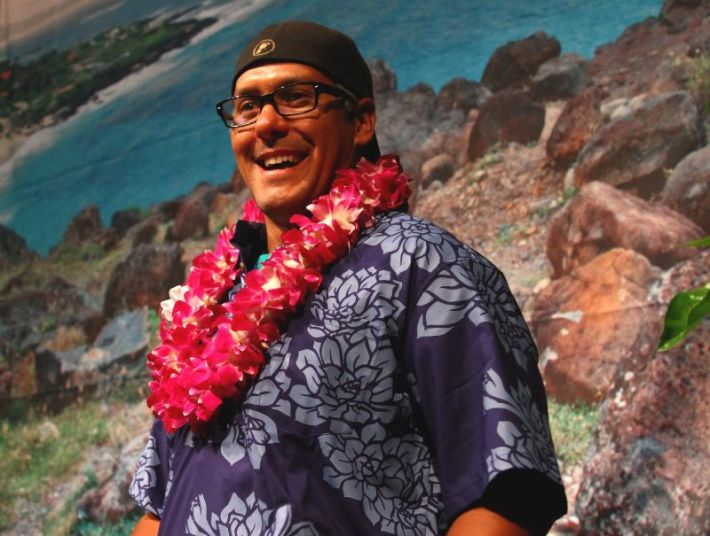Kamehameha Schools land stewardship staffers recently joined hundreds of other natural resource management experts at the annual Hawaiʻi Conservation Conference, the largest event of its kind in the state.
The conference is fertile ground for professional networking and learning about ecosystem conservation including scientific breakthroughs and innovations in land management.
The Hawaiʻi Conservation Alliance (HCA) hosted the three-day conference held at the Hawaiʻi Convention Center. KS was among the event sponsors and is also a member of the alliance.
This year’s event was themed “Navigating Change in the Pacific Islands.” KS joined the conservation conversation by sponsoring a forum entitled Nā ʻĀina Hoʻoilina which explored the relationship between aliʻi trusts and Hawaiian-serving organizations and the lands managed to support their missions.
The forum explored the contemporary role of aliʻi trusts in land management and conservation and featured representatives from the Queen Emma Land Company, the Queen Liliʻuokalani Trust, Kamehameha Schools, the Office of Hawaiian Affairs, and the Department of Hawaiian Home Lands.
During the forum KS Director of Land Assets Neil Hannahs shared KS’ land management and planning strategies and its perspectives on the reciprocal relationship between the health of ʻāina and the health of kānaka.
KS Ecologist Nāmaka Whitehead shared her knowledge as part of another forum focused on the effective use of contract services within the natural resource field. She highlighted KS’ Mālama ʻĀina Program which relies heavily on community collaborators to actively manage approximately 140,000 acres of KS land statewide for native ecosystem health and integrity.
The conference culminated with an awards ceremony honoring organizations and experts for their dedication to environmental conservation in Hawaiʻi.
KS land tenant Hui Kū Maoli Ola – which cultivates native plants in Heʻeia – won the HCA’s prestigious Conservation Innovation Award. The award is given to organizations that improve the nature of environmental conservation in Hawai‘i. KS won the award in 2013.
“Hui Kū Maoli Ola has really pioneered a successful business model built around the promotion of native species,” said KS Natural Resources Manager Mililani Browning. “They are a shining example of modern Hawaiian entrepreneurs building new models of success which benefit the community and environment.”
Hui Kū Moali Ola founders Rick Barboza and Kapaliku Shirman have dedicated their business to increasing native plant species throughout the islands.
Over the past 15 years, the duo developed a commercial nursery and began marketing their native plants to mainstream commercial outlets like Walmart and Home Depot. Each plant comes complete with planting recommendations and information on its relationship to Hawaiian culture and ecology.
Hui Kū Moali Ola expanded its services to include landscaping and consulting services. Today, these two local boys are helping to keep Hawaiʻi Hawaiian one yard, highway, or business courtyard at a time.
Guided by its Natural Resource Management Plan, KS continues to be a leader in land stewardship. For more information on KS’ resource management efforts, visit the Land Assets Division website.

Hui Kū Moali Ola co-founder and KS land tenant Rick Barboza shares his gratitude for winning the HCA’s prestigious Conservation Innovation Award.

Communications staffer Aron Dote and LAD staffers Mililani Browning and Joey Char share KS information with eco experts at the KS booth.

KS actively manages the ecosystems of nearly 140,000 acres of land statewide. Some of those lands are home to native species like the ʻiʻiwi.
TAGS
CATEGORIES
Kaipuolono Article, Newsroom, Department News, Features
Print with photos
Print text only










